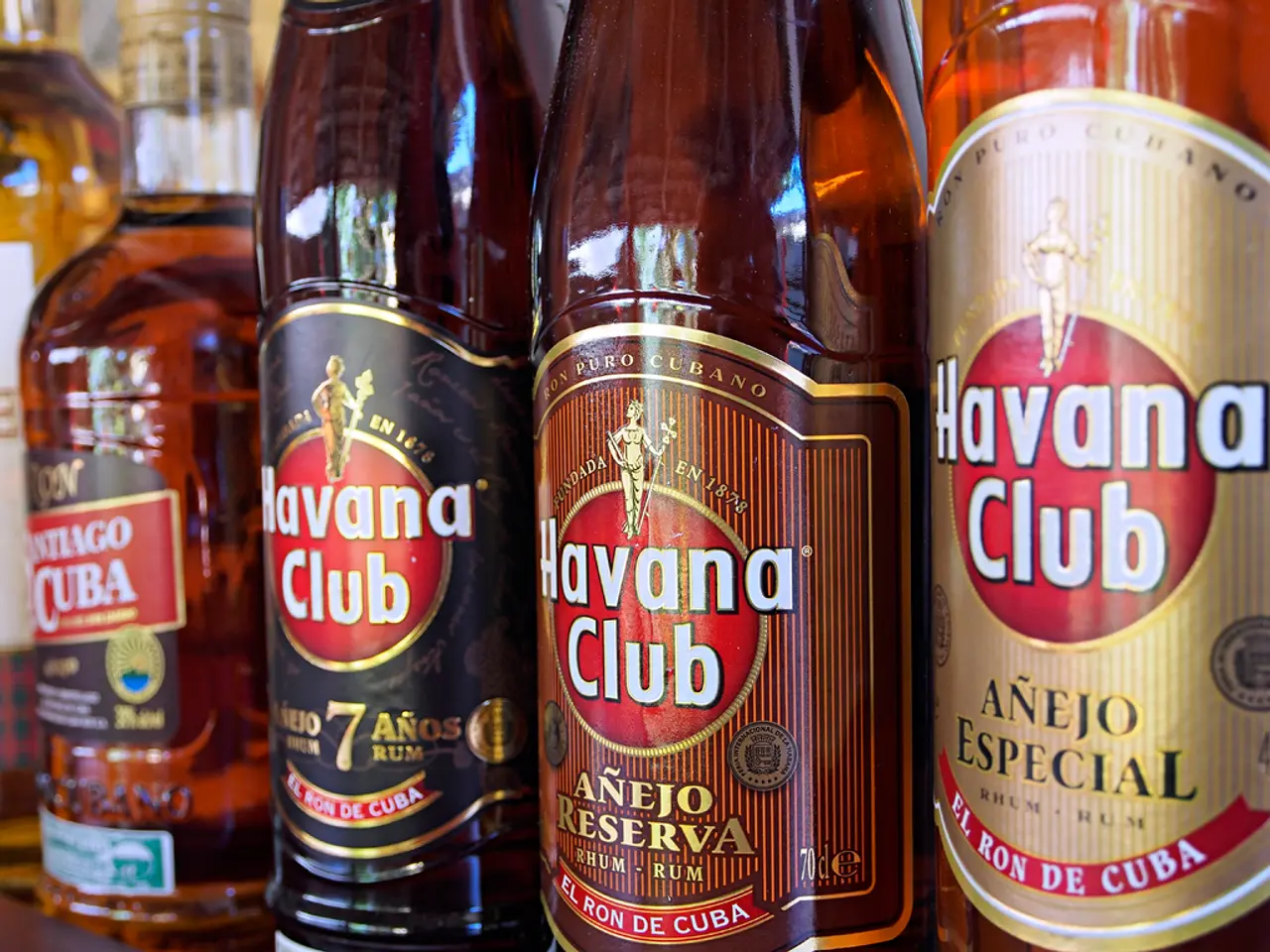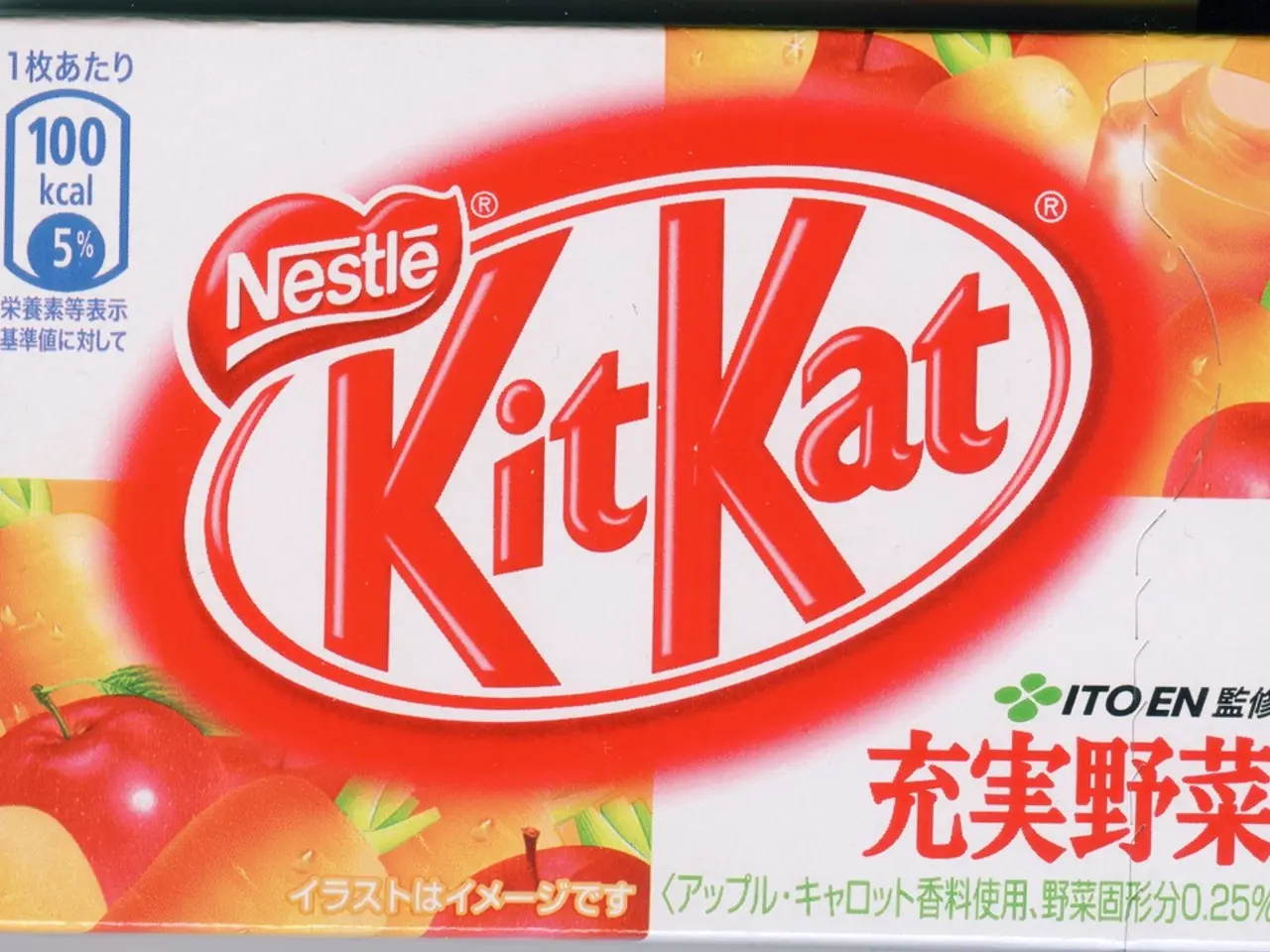Is there a problem with the flavors of water found in PET containers?
In recent times, some consumers have reported a sweet smell and taste in water from PET (Polyethylene Terephthalate) bottles. This article aims to shed light on the causes, potential health implications, and preventive measures related to this issue.
One common cause of this phenomenon is the transfer of acetaldehyde from the PET bottle into the water. Acetaldehyde, a byproduct of PET production, can impart a sweet or fruity taste and smell to the water. This transfer can occur due to technical shortcomings during the bottle manufacturing process.
It's essential to note that the sweet taste or smell from acetaldehyde is generally not harmful to human health. The amounts of acetaldehyde transferred into water are typically well below the legal limit of 6 milligrams per kilogram of food, as per EU regulations. However, it is still considered a quality defect and can be returned if the taste is noticeable.
To prevent or minimize the occurrence of off-tastes and odors, PET manufacturers can implement several strategies. These include using substances that bind acetaldehyde, applying a glass-like inner coating to PET bottles, ensuring proper manufacturing standards, and opting for alternative containers such as glass or stainless steel.
For consumers, taking precautions can help prevent the problem of acetaldehyde release from PET bottles. The Bavarian Consumer Center advises against leaving PET bottles in direct sunlight or in a hot car, as heat can promote the release of acetaldehyde.
The Bavarian Consumer Center and the Federal Institute for Risk Assessment (BfR) are monitoring this issue closely. The BfR is responsible for ensuring that manufacturers take steps to prevent the transfer of acetaldehyde into water from PET bottles. If water from PET bottles tastes and smells unusual, the bottle can be returned to the store as it is a quality issue.
In conclusion, while the sweet smell and taste in water from PET bottles may seem concerning, it is generally not harmful to health. By following the preventive measures outlined above, consumers can help ensure the quality of their drinking water. Manufacturers are also encouraged to implement technical measures to reduce the likelihood of chemical leaching and acetaldehyde transfer.
- The associated sweet taste or smell from acetaldehyde, a byproduct of PET production, can be linked to issues in health-and-wellness, particularly nutrition, as it is a commonly used material in the food-and-drink industry.
- For those interested in adopting a science-based lifestyle, gaining knowledge about the causes and preventive measures related to the transfer of acetaldehyde from PET bottles into water can be essential in maintaining a healthy way of life.
- One promising area of research in the field of science and health-and-wellness is the development of innovative food-and-drink container materials that minimize chemical leaching and acetaldehyde transfer, potentially improving overall food safety and quality.




